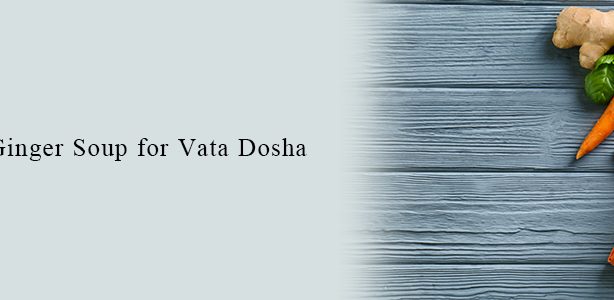‘As we live in a dog-eat-dog world, adrenal fatigue is the given thing and a modern epidemic that does not elicit any surprise. Therefore you should at least know what your adrenal glands are and what they do,’ says an expert from Ayurveda Singapore.
There are two tiny glands positioned on top of the kidney. “Lookwise, they are tiny. Nevertheless, they do an enormous amount of work for us!” says the expert of Ayurvedic Singapore. When these two little glands overwork, you will end up with adrenal fatigue.
“In a nutshell, adrenal fatigue can be termed as an imbalance of either Vata dosha, pitta dosha, or both,” explains the expert from Ayurveda Singapore. A typical pitta propensity is to overdo things, while a Vata tendency is to over-stimulate your senses, eventually leading to an overload of stimulation. As our minds can move and evolve much faster than our bodies, our physiology takes more time to catch up with how fast our lives, technology, and diets are evolving.
When the adrenal fatigue is intense, the adrenals shout out for relief, and it will be followed by other endocrine-producing organs as well. “If you are not addressing this issue, the chances are great that your liver and heart too will have the bearing of stress,” points out the expert from Ayurvedic Singapore.
Tips to Combat Adrenal Fatigue
While elaborating on the tips to be followed to manage the condition, the Ayurvedic Singapore expert lists a few valuable anecdotes. “When you realize that fatigue has set in, never seek refuge in coffee or an energy drink. It will aggravate your condition. The more time you spend watching television, social media, online reading, and texting from your Smartphone; all these suck your energy. The pragmatic thing to do when you are feeling fatigued is to spend more time rest, relaxing through meditation, or walking through the bounty of nature!” the expert at Ayurveda Singapore says.
Yoga Nidra
Yoga Nidra or Savasana means you need to lay flat on your back and meditate. That posture calms the scattered prana. When your prana is scattered, your Vata dosha, too, goes out of balance. It can be termed as an unintelligent and unhelpful flow of energy. “Ideally, lying down on your back for Yoga Nidra, preferably between 2-6 PM, that is, the Vata time of day, will be specifically helpful,” says the expert at Ayurveda Singapore.
Abhyanga
Abhyanga, one of the most crucial tools for balancing Vata dosha, is nothing but ayurvedic self-massage. Make self-massage a part of your daily routine, which is not only good for your long-term health but also is extremely powerful, advocates the expert from Ayurvedic Singapore.
Last but certainly not the least is the use of weekly ginger compress. As per the expert at Ayurvedic Singapore, following abhyanga, you might as well consider a ginger compress. But this has to be done under the supervision of an Ayurvedic physician. “Its gentle warmth is not only nourishing but also calming. Ultimately, warmth and grounding practices are the best bet when the adrenals are exhausted,” she adds.



